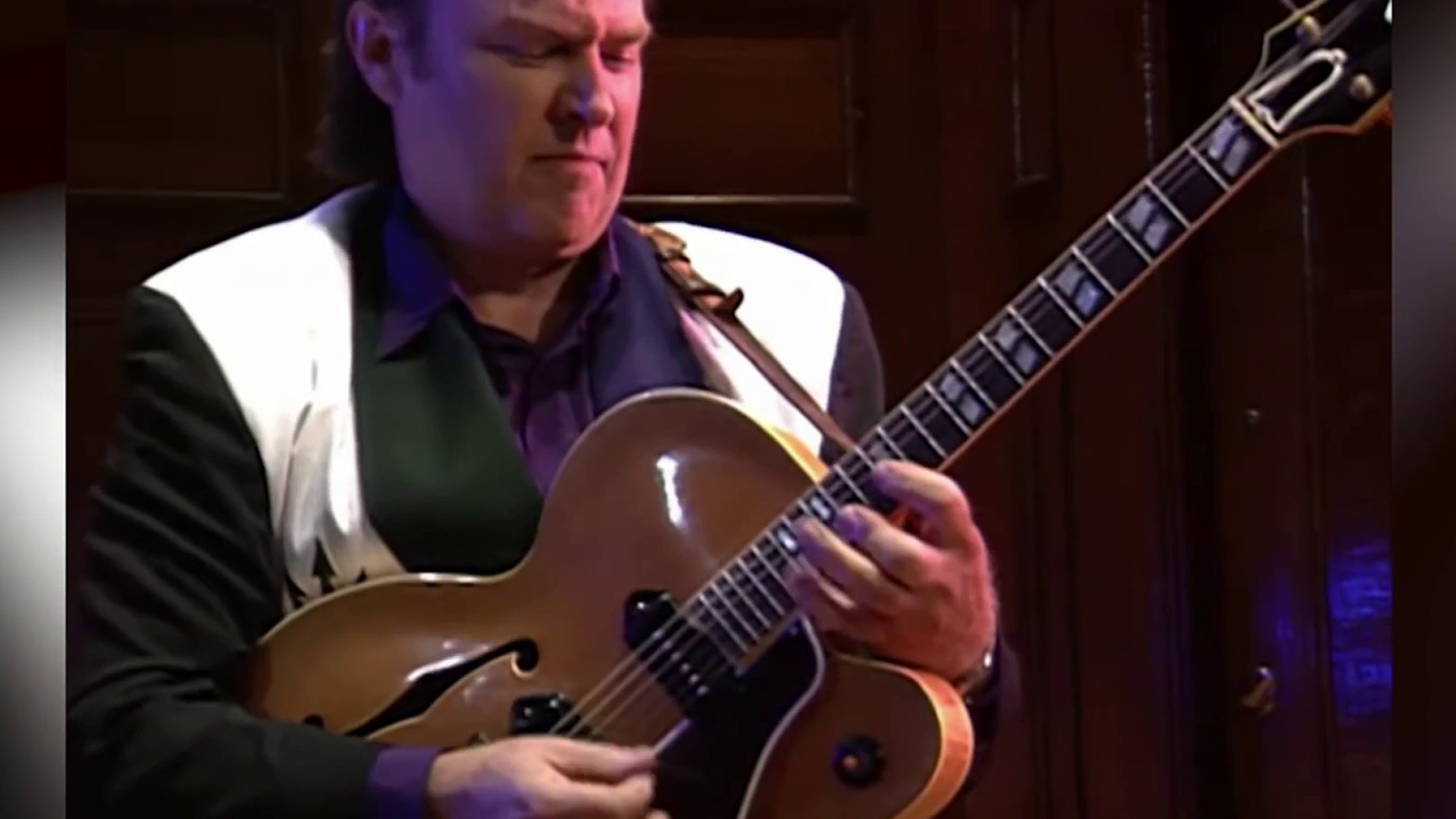Is it an Army Ranger maneuvering down the street, or your neighborhood police officer?
Is it a Marine assault task force, or the county sheriff’s office?
Since the late 1990s, it’s been difficult to tell the difference between America’s armed forces and what are supposed to be local police departments.
But that’s changing.
President Barack Obama announced on Monday that the Department of Defense would scale back its freewheeling program of selling billions of dollars of surplus military assault weapons for pennies on the dollar to local law enforcement officers.
The list of newly banned sales includes “tanks and other tracked armored vehicles, weaponized aircraft and vehicles, firearms and ammunition measuring .50-caliber and larger, grenade launchers and bayonets,” according to NBC News.
Local law enforcement groups that participate in the remaining program must also adopt community policing programs that require regular interaction between officers and the public. The New York Times reported that $160 million in federal funds will help local police adopt those community-friendly policies.
Local
Washington, D.C., Maryland and Virginia local news, events and information
The decision to scale back the police militarization came from the president’s task force on police and community relations. That task force was headed by Philadelphia Commissioner Charles Ramsey, who formerly led D.C. police.
The report in part says, “The substantial risk of misusing or overusing these items, which are seen as militaristic in nature, could significantly undermine community trust and may encourage tactics and behaviors that are inconsistent with the premise of civilian law enforcement.”
The Department of Defense program (DOD 1033) began operating in 1997 after it was created with the National Defense Authorization of 1990. In part, it was to wean the overstuffed military equipment stockpiles and to give more firepower to local police fighting the War on Drugs. As Newsweek magazine said at the time, if police were going to be fighting a war, then the police needed to be armed for it.
A report said that as of 2014 there were 8,000 law enforcement agencies signed up to buy equipment and that nearly $6 billion in off-price sales had been recorded.
The militarization of police, some feel, began to fall out of favor with the civil unrest in Ferguson, Mo. Whatever the tipping point, police officers face real problems in combating crime, potential terrorism or domestic violence like the biker shootout in Waco, Texas.
But day to day, they also are members of our communities. They are sworn to uphold the law, not to occupy the streets. Community policing needs to mean something, even in — or most especially in — “bad neighborhoods.”
The police and all citizens should welcome a more realistic look at how we arm our police officer neighbors.
■ Initial praise. In suburban Maryland, the president’s decision to curb police militarization won immediate praise from Montgomery County Rep. Chris Van Hollen, who is running for the U.S. Senate.
With the Baltimore riot fresh in everyone’s mind, Van Hollen released a statement on Monday.
“President Obama’s decision to limit military-style equipment for local police forces is a productive step toward community oriented policing,” Van Hollen said. “We must address the fear and distrust of law enforcement that exists in too many of our communities.”
Van Hollen is a co-sponsor of a bill in Congress (the Stop Militarizing Law Enforcement Act) that goes even further.
The American Civil Liberties Union also issued its support. Kanya Bennett, legislative counsel in the ACLU’s Washington office, said the president’s move is “a critical step towards rebuilding trust between police and the people they are pledged to serve.”
The ACLU released a recent report “War Comes Home” detailing the military sales.
■ Bad call. The Notebook last week wrote pretty glowingly of the city’s sports teams, only to see the Wizards and Caps flame out of playoff berths. Maryland State Sen. Richard Madaleno of Montgomery County took a moment on the WAMU “Politics Hour” last Friday to blame us for the collapse.
Fortunately the Nationals didn’t disappoint, compiling a 5-2 record during their recent West Coast road trip. And Monday, right fielder Bryce Harper was named the National League Player of the Week for the second week in a row. That’s a back-to-back feat achieved by only 10 players since the weekly award began in 1974.
Just for the record, Harper went 12 for 23 in the week to have an out-of-sight batting average of .522. He accounted for three home runs, one triple, two doubles, nine walks, two stolen bases and 10 runs.
So, we weren’t a jinx to everyone.
Tom Sherwood, a Southwest resident, is a political reporter for News 4.



